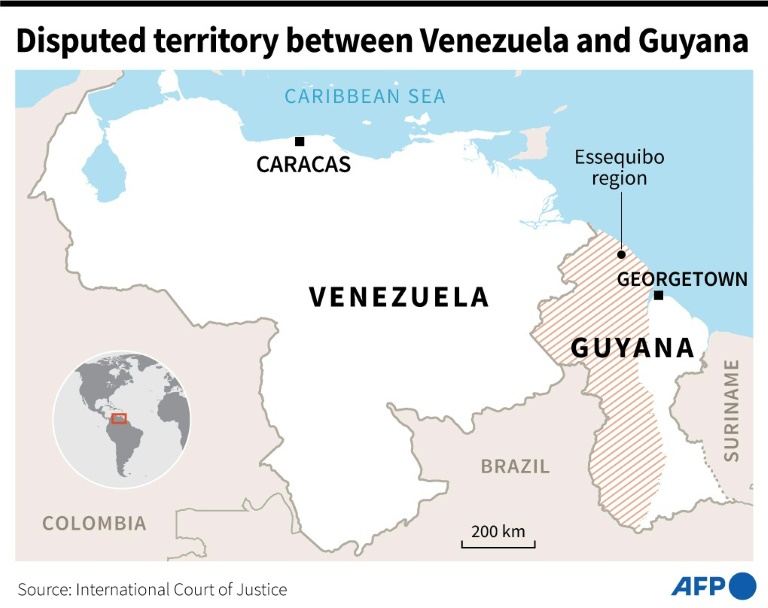Global oil markets will experience a smaller than anticipated deficit in the fourth quarter of 2023 and move to a surplus in early 2024, the International Energy Agency said on Tuesday.
The IEA’s most recent monthly oil market report found that the ongoing shortfall in the world’s oil supply for October-November is 30% less than previously expected. The organization claims that increased oil output from non-OPEC+ countries—primarily the United States and Brazil -– more than offset recent OPEC+ production cuts and continually rising demand in China.
The IEA now predicts the world’s oil deficit will end in the first quarter of 2024, after OPEC+ suspend production cuts.
Despite diminished production from Saudi Arabia and Russia, “world oil supply is firmly on an upward trajectory,” the IEA said in its report. According to the agency, global oil output had an increase of 320,000 barrels per day in October from September.
The current round of OPEC+ output cuts has the oil cartel producing 900,000 barrels of oil per day below demand, according to Bloomberg and the IEA.
The U.S. posted an all-time record in oil exports over the first six months of 2023; Brazil recorded its highest ever monthly oil and gas production in September. The IEA also said that increased oil production from Guyana—which is estimated at 400,000 barrels per day in 2023 after recording no output in 2019—contributed to 2023 marking an all-time high in global oil supply of 103.4 million barrels per day.
No impact from Israel-Hamas
The report found that the impact of the Israel-Hamas war on global oil markets will be less severe than previously expected, which partially fueled the IEA’s revised oil outlook for late 2023 and early 2024.
“There has been no material impact on oil supply flows from the war between Israel and Hamas,” the IEA said in its report. “Fears that the war between Israel and Hamas would escalate into a wider regional conflict, disrupting oil supply flows, have yet to materialize.”
Still, the organization qualified its findings as dependent on global political and market forces which have proven unpredictable. “Market balances will remain vulnerable to heightened economic and geopolitical risks – and further volatility ahead,” the report said.
The IEA still predicts that global consumption of all three primary fossil fuels—oil, natural gas and coal—will peak by 2030 in the face of long-term demand constraints. In the meantime, however, experts still envision some runway remaining ahead of the world’s largest fossil fuel producers, as evidenced by Chevron and ExxonMobil’s high-profile consolidation moves in October.
Brent crude oil prices were $83 per barrel as of midday Tuesday, down 12% from a September peak of $94 per barrel.







